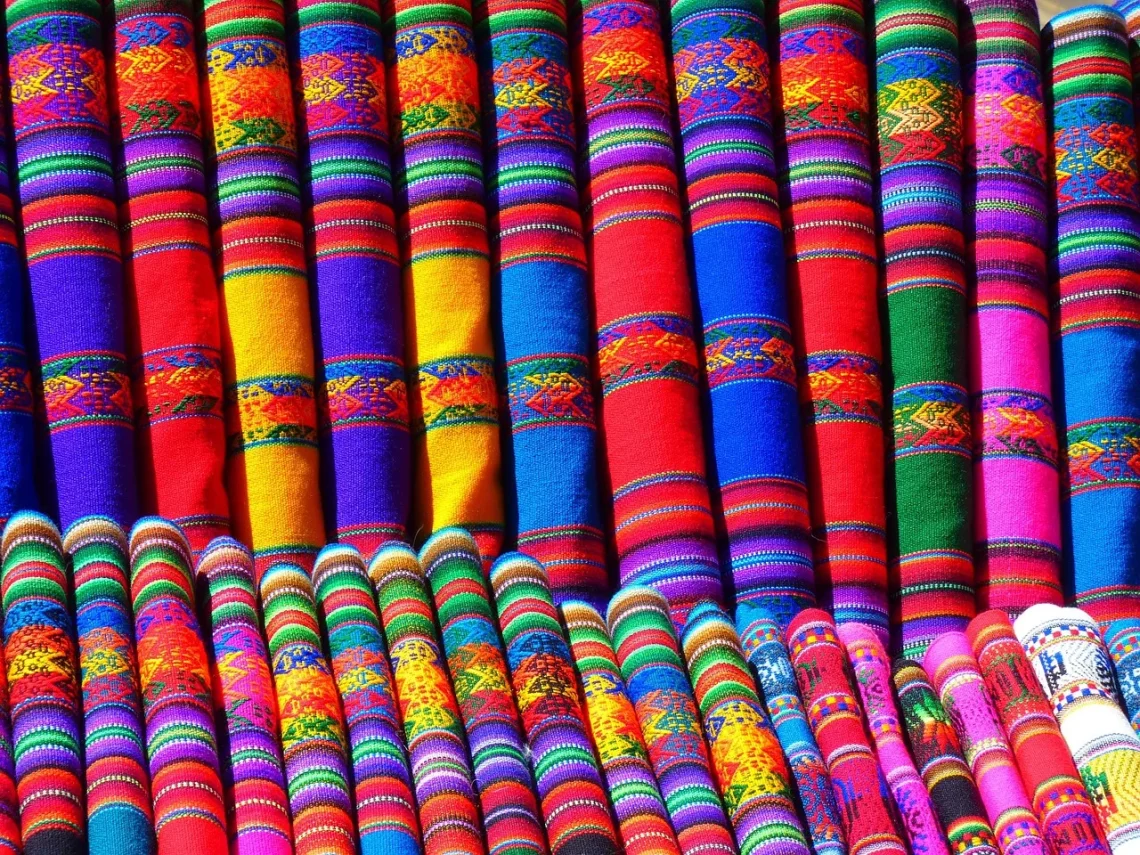
Exploring the Benefits and Uses of Micro Modal Fabric in Fashion
Micro Modal fabric has emerged as a favored choice in the fashion industry, captivating designers and consumers alike with its luxurious feel and sustainable qualities. Derived from beech tree pulp through a unique manufacturing process, this fabric is known for its incredible softness and breathability. It offers a gentle touch on the skin, making it an ideal choice for various clothing items, from intimate apparel to casual wear.
As the demand for sustainable fabrics grows, Micro Modal stands out not only for its comfort but also for its environmentally friendly production methods. Unlike conventional fabrics, the production of Micro Modal utilizes a closed-loop process that minimizes waste and reduces the environmental impact. This makes it a preferred option for eco-conscious brands and consumers who are looking to make more sustainable fashion choices.
In addition to its eco-friendly attributes, Micro Modal is also highly versatile. It can be blended with other fibers to enhance its properties, creating fabrics that are not only soft but also durable and resilient. This adaptability allows designers to experiment with different styles and applications, further solidifying Micro Modal’s place in contemporary fashion.
With these factors in mind, it is no wonder that Micro Modal fabric is gaining popularity. Its unique combination of comfort, sustainability, and versatility makes it a fabric worth exploring in the world of fashion.
Understanding Micro Modal: The Fabric Behind the Fashion
Micro Modal is a type of rayon that is made from the pulp of beech trees. This plant-based origin lends itself to a variety of beneficial properties that make it a standout in the world of textiles. The production process involves dissolving the beech tree pulp in a non-toxic solvent, which is then extruded into fibers. This method not only preserves the quality of the fiber but also ensures that the environmental impact is significantly reduced compared to traditional fabric manufacturing processes.
One of the key characteristics of Micro Modal is its softness. Often described as feeling like silk, the fabric is incredibly smooth and lightweight, making it a favorite for items that sit close to the skin. This quality makes Micro Modal an excellent choice for lingerie, sleepwear, and activewear. Additionally, the fabric has excellent moisture-wicking properties, which help to keep the wearer dry and comfortable, especially in warm weather.
Another advantage of Micro Modal is its breathability. The fibers allow for air circulation, making it suitable for various climates. This ability to regulate temperature contributes to the overall comfort of garments made from this fabric, making it a popular choice for both casual and formal wear.
Durability is also a notable feature of Micro Modal. While it may feel delicate, the fabric is surprisingly strong and can withstand regular wear and washing without losing its shape or softness. This resilience enhances its appeal, as consumers are increasingly looking for high-quality, long-lasting materials in their wardrobe.
In addition to its physical properties, Micro Modal is also biodegradable, making it an environmentally friendly option. As sustainability becomes a priority for many consumers, fabrics like Micro Modal that offer both comfort and eco-friendliness are likely to see continued growth in popularity.
The Sustainable Choice: How Micro Modal Benefits the Environment
In today’s fashion landscape, sustainability is more than just a trend; it is a movement towards a more responsible way of consuming and producing clothing. Micro Modal fabric embodies this shift by offering a sustainable alternative to more conventional textiles. The production process of Micro Modal is designed to be eco-friendly, employing sustainable practices that significantly reduce waste and pollution.
The process begins with sourcing beech trees from sustainably managed forests. These trees are fast-growing and require less water and pesticides compared to cotton crops, making them a more environmentally friendly choice. The closed-loop process used to create Micro Modal involves recycling solvents, which helps to minimize the release of harmful substances into the environment. This method not only conserves resources but also reduces the carbon footprint associated with fabric manufacturing.
Moreover, Micro Modal is biodegradable, which means that once its lifecycle as clothing is complete, it can decompose without leaving a harmful impact on the environment. This characteristic is particularly appealing to eco-conscious consumers who are increasingly aware of the environmental implications of their clothing choices.
Fashion brands that incorporate Micro Modal into their collections not only benefit from using a high-quality fabric but also enhance their brand image by aligning with sustainable practices. Consumers are more inclined to support brands that prioritize sustainability, and using Micro Modal allows companies to market their products as eco-friendly and ethically produced.
By choosing Micro Modal, consumers contribute to a more sustainable fashion industry. Each purchase supports responsible sourcing and production practices, making it a small yet significant step towards reducing the overall impact of fashion on the planet.
Fashion Applications: Versatility of Micro Modal in Clothing
Micro Modal fabric’s versatility opens up a myriad of possibilities in fashion design. Its unique properties make it suitable for various types of garments, from intimate apparel to activewear and outerwear. Designers are increasingly recognizing the potential of Micro Modal to create stylish, comfortable, and functional clothing that meets modern consumers’ needs.
In intimate apparel, Micro Modal is a preferred choice due to its softness and breathability. Lingerie, camisoles, and sleepwear made from this fabric offer a luxurious feel against the skin, enhancing comfort and wearability. The fabric drapes beautifully, allowing for elegant designs that flatter the body.
Activewear is another area where Micro Modal shines. Its moisture-wicking properties and breathability make it ideal for workout clothing. Whether it’s leggings, sports bras, or t-shirts, garments made from Micro Modal can help keep the wearer dry and comfortable during physical activities. Additionally, its lightweight nature allows for ease of movement, making it a practical choice for fitness enthusiasts.
Beyond intimate and activewear, Micro Modal can also be utilized in everyday clothing. T-shirts and blouses made from this fabric offer a casual yet chic look that is perfect for various occasions. The fabric’s ability to hold dye well results in vibrant colors that appeal to consumers looking for stylish options.
Moreover, Micro Modal can be blended with other materials, such as cotton or spandex, to enhance its properties further. This adaptability allows designers to create innovative fabrics that offer the best of both worlds—comfort and durability.
As fashion continues to evolve, the applications of Micro Modal are likely to expand, paving the way for new styles and trends. Its versatility ensures that it will remain a staple in contemporary clothing, appealing to a wide range of consumers.
Care Instructions: Maintaining the Quality of Micro Modal Fabrics
To ensure the longevity of garments made from Micro Modal, proper care is essential. Although the fabric is known for its durability, specific washing and maintenance practices can help preserve its unique qualities and appearance.
When laundering Micro Modal items, it is advisable to follow the care label instructions. Typically, washing in cold water on a gentle cycle is recommended. This helps to maintain the fabric’s soft texture and prevents any potential shrinkage that may occur with hot water. Avoiding harsh detergents and opting for mild, eco-friendly options can further protect the fibers.
Air drying is often the best method for drying Micro Modal garments. While some items may be safe for tumble drying, the heat can cause the fibers to break down over time. By hanging or laying the items flat to dry, the fabric remains in optimal condition, extending the lifespan of the clothing.
Ironing should be done with caution, as high temperatures can damage the fibers. If necessary, using a low-heat setting or placing a cloth between the iron and the fabric can help prevent any potential heat damage.
Storing Micro Modal items properly is equally important. Keeping them in a cool, dry place and avoiding overcrowding in the closet can help maintain their shape and quality. When folding, it is advisable to avoid sharp creases that could lead to permanent marks.
By following these care instructions, consumers can enjoy the luxurious feel and sustainability of Micro Modal fabrics for years to come. This attention to maintenance not only preserves the quality of the garments but also contributes to a more sustainable approach to fashion by reducing waste and extending the life of clothing.
In conclusion, Micro Modal fabric offers a multitude of benefits, making it a popular choice in the fashion industry. Its softness, breathability, and sustainable qualities make it an ideal option for a wide range of clothing items. As consumers become more aware of their clothing choices, fabrics like Micro Modal will continue to lead the way in creating a more sustainable future for fashion.




